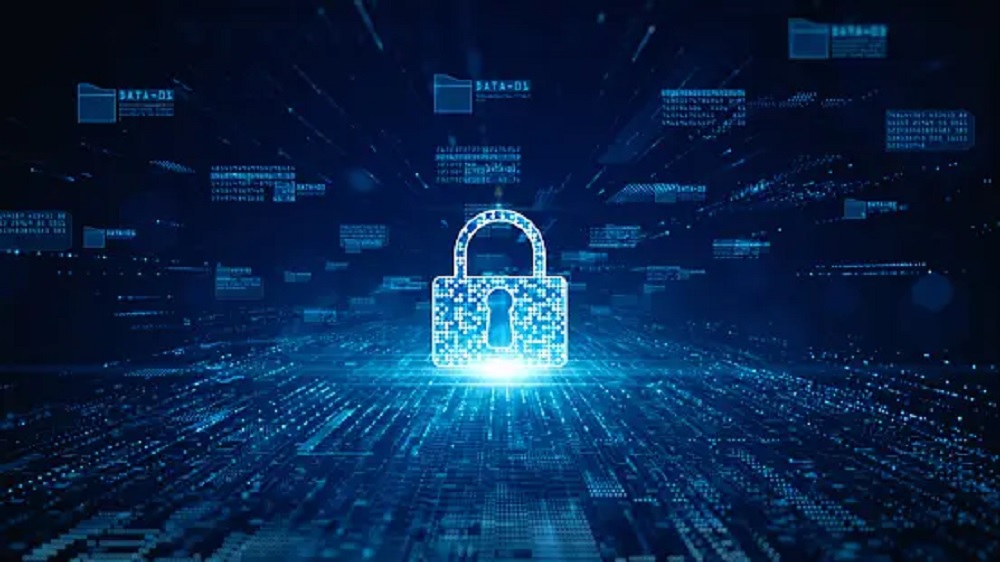
SEC's Cybersecurity Rules: Navigating Compliance and Best Practices
As cyber threats continue to increase in sophistication and frequency, the Securities and Exchange Commission (SEC) has recognized the need for robust cybersecurity measures within the financial industry. To this end, the SEC has established cybersecurity rules that firms must adhere to in order to protect sensitive information and secure their systems. This article will explore the SEC's cybersecurity rules, best practices for compliance, and how organizations can navigate the complex landscape of cybersecurity regulations.
Compliance with SEC's Cybersecurity Rules
Compliance with the SEC's cybersecurity rules is imperative for financial firms to ensure the integrity and confidentiality of their data. The SEC's rules require registered investment advisors, broker-dealers, and other market participants to implement comprehensive cybersecurity programs that safeguard their operations and their clients' information. The rules also emphasize the importance of risk assessment and incident response planning.
One of the key aspects of compliance with the SEC's cybersecurity rules is the implementation of a robust risk assessment process. Firms must identify potential cybersecurity risks, evaluate the likelihood and impact of those risks, and implement appropriate measures to mitigate them. Regularly reviewing and updating risk assessments is crucial to staying ahead of emerging threats.
Moreover, the SEC's rules require firms to implement written policies and procedures addressing how they protect their systems and clients' sensitive data. These policies and procedures should be tailored to the specific risks and operate as a comprehensive framework to prevent, detect, and respond to cyber incidents.
Another essential component of compliance is an incident response plan. Firms must establish procedures for promptly responding to and recovering from cybersecurity incidents. This includes not only technical measures like monitoring and detection systems but also clearly defined roles and responsibilities for incident response personnel.
Best Practices for SEC Cybersecurity Compliance
To effectively comply with the SEC's cybersecurity rules, firms should consider implementing the following best practices:
- Regularly conduct cybersecurity training and awareness programs for employees to educate them about the latest threats and preventive measures.
- Implement robust access controls and authentication mechanisms to ensure that only authorized individuals can access sensitive data and systems.
- Regularly monitor and update systems and software to address vulnerabilities and apply necessary patches.
- Encrypt sensitive data both at rest and in transit to protect it from unauthorized access.
- Have proper network segmentation to contain potential breaches and limit the impact of a cyber incident.
- Perform regular vulnerability assessments and penetration testing to proactively identify and address potential weaknesses.
- Establish partnerships with trusted cybersecurity vendors to supplement in-house capabilities and stay up to date with the latest security technologies.
- Create an incident response plan that includes predefined steps for containment, eradication, and recovery from a cyber incident, and regularly test and update it.
- Conduct regular third-party vendor assessments and due diligence to ensure that their cybersecurity measures align with your own.
- Engage with cybersecurity experts and consultants to obtain guidance on emerging threats, industry best practices, and evolving regulatory requirements.
By implementing these best practices, firms can enhance their cybersecurity posture and demonstrate compliance with the SEC's rules, bolstering investor confidence and safeguarding sensitive information.
However, it is important to note that compliance with the SEC's cybersecurity rules should also be viewed as an ongoing process. The cyber threat landscape is constantly evolving, and firms must adapt to emerging risks and regulatory developments. Continuous monitoring, assessment, and improvement of cybersecurity measures are essential to stay ahead of potential threats and maintain compliance.
Navigating the Complexities of SEC Cybersecurity Compliance
Navigating the complexities of SEC cybersecurity compliance can be an overwhelming task for financial firms. The evolving regulatory landscape, coupled with the ever-changing cyber threat landscape, demands a sophisticated and proactive approach.
Organizations can start by conducting a thorough review of the SEC's rules and guidance to gain a clear understanding of their obligations. Engaging with legal and compliance experts who specialize in cybersecurity can also provide valuable insights and guidance throughout the compliance process.
Furthermore, leveraging technology solutions tailored for cybersecurity compliance can streamline and simplify compliance efforts. These solutions can help automate risk assessments, policy management, incident response, and other critical aspects of SEC compliance, saving time and resources for firms.
Regularly engaging in self-assessment and audits can also help identify areas for improvement in cybersecurity practices. By conducting internal audits or hiring independent auditors, firms can identify gaps, implement remediation measures, and demonstrate their commitment to compliance.
Finally, staying informed about regulatory updates and industry best practices is essential. Attending conferences, webinars, and workshops focused on cybersecurity and compliance can provide valuable insights into the latest trends and strategies.
The SEC's cybersecurity rules represent a critical framework for financial firms to protect themselves and their clients from cyber threats. Compliance with these rules requires a comprehensive understanding of regulatory requirements and the implementation of best practices. By prioritizing risk assessment, incident response planning, and proactive cybersecurity measures, firms can navigate the intricate landscape of cybersecurity rules and establish robust cybersecurity programs that safeguard their operations and promote investor trust.




























